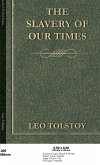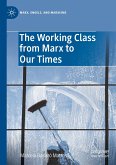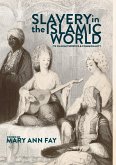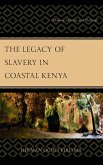Many of the earliest books, particularly those dating back to the 1900s and before, are now extremely scarce and increasingly expensive. We are republishing these classic works in affordable, high quality, modern editions, using the original text and artwork.
This vintage book contains a fascinating and insightful analysis of socio-economic conditions written more than a hundred years ago. In it, Tolstoy explores the flaws of the division of labour, progress, greed, economic theories, wage slavery, and more in astonishing detail. This volume is highly recommended for those with an interest in socialism, capitalism, and economic history. Contents include: "Goods-Porters who Work Thirty-Seven Hours", "Society's Indifference While Men Perish", "Justification of the Existing Position by Science", "The Assertion that Rural Labourers Must Enter the Factory System", "Why Learned Economists Assert What Is False", "Bankruptcy of the Socialist Ideal", "Culture or Freedom", "Slavery Exists Among Us", "What Is Slavery?", et cetera. Many vintage books such as this are increasingly scarce and expensive. We are republishing this volume now in an affordable, modern edition complete with a specially commissioned new introduction. This book was first published in 1900.
Hinweis: Dieser Artikel kann nur an eine deutsche Lieferadresse ausgeliefert werden.
This vintage book contains a fascinating and insightful analysis of socio-economic conditions written more than a hundred years ago. In it, Tolstoy explores the flaws of the division of labour, progress, greed, economic theories, wage slavery, and more in astonishing detail. This volume is highly recommended for those with an interest in socialism, capitalism, and economic history. Contents include: "Goods-Porters who Work Thirty-Seven Hours", "Society's Indifference While Men Perish", "Justification of the Existing Position by Science", "The Assertion that Rural Labourers Must Enter the Factory System", "Why Learned Economists Assert What Is False", "Bankruptcy of the Socialist Ideal", "Culture or Freedom", "Slavery Exists Among Us", "What Is Slavery?", et cetera. Many vintage books such as this are increasingly scarce and expensive. We are republishing this volume now in an affordable, modern edition complete with a specially commissioned new introduction. This book was first published in 1900.
Hinweis: Dieser Artikel kann nur an eine deutsche Lieferadresse ausgeliefert werden.








